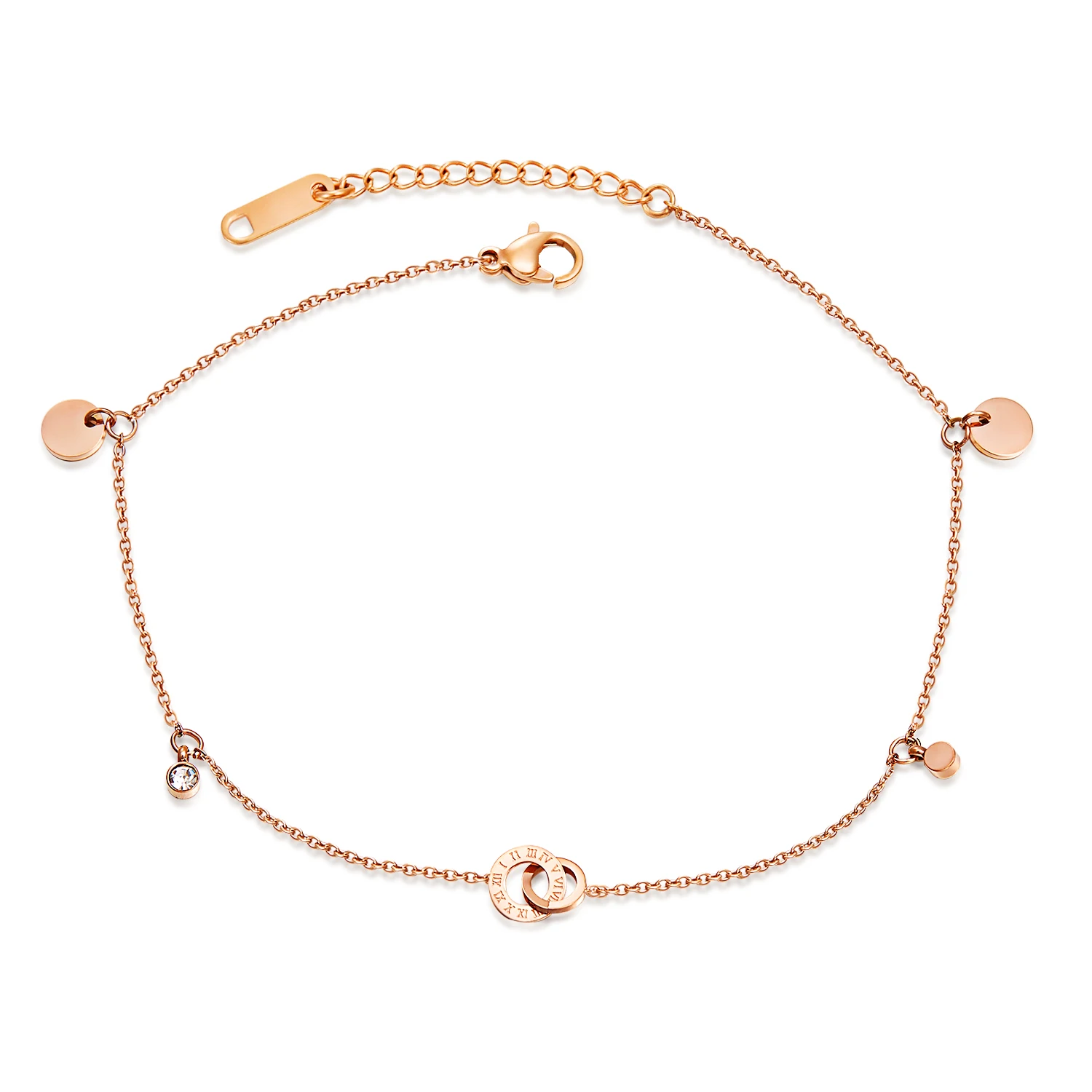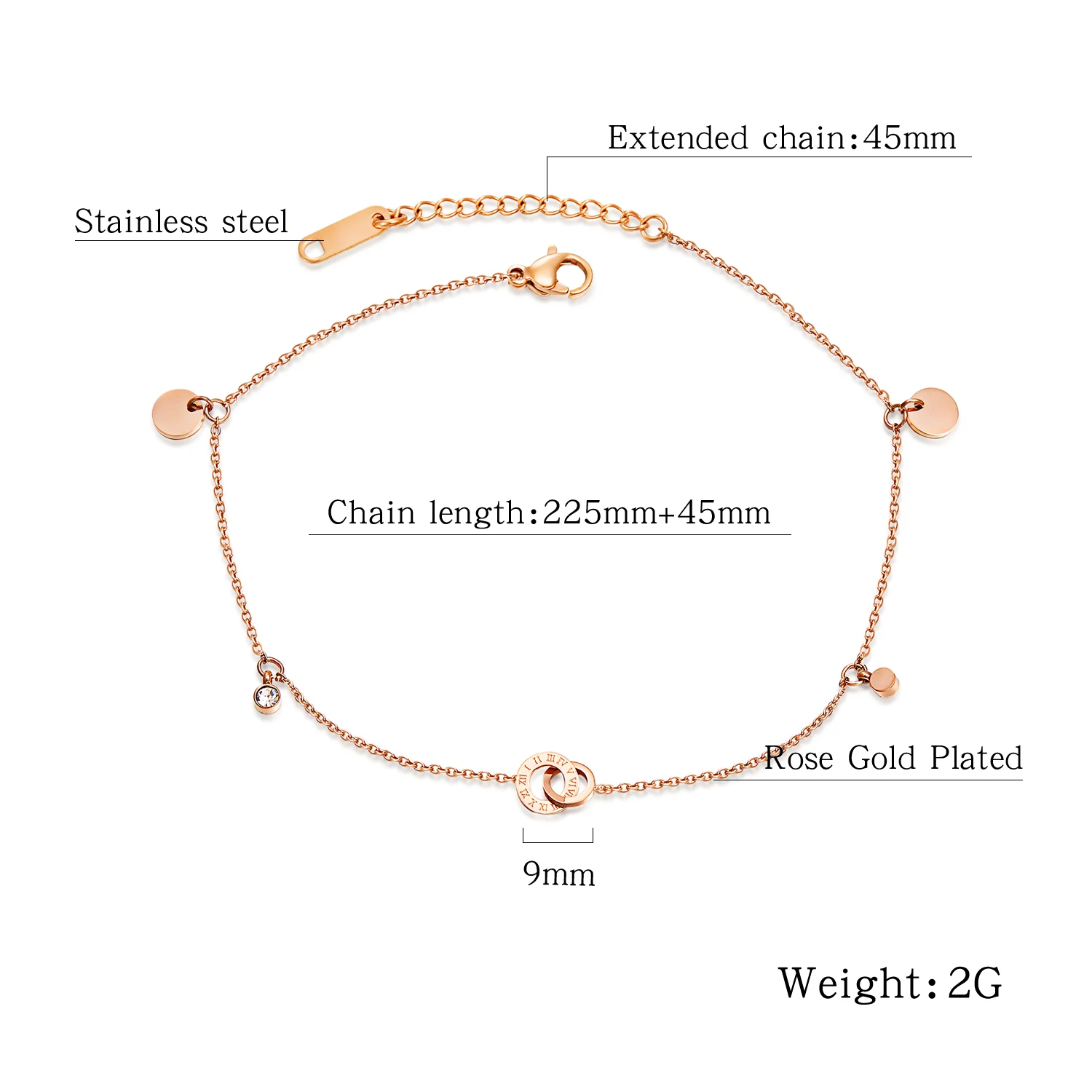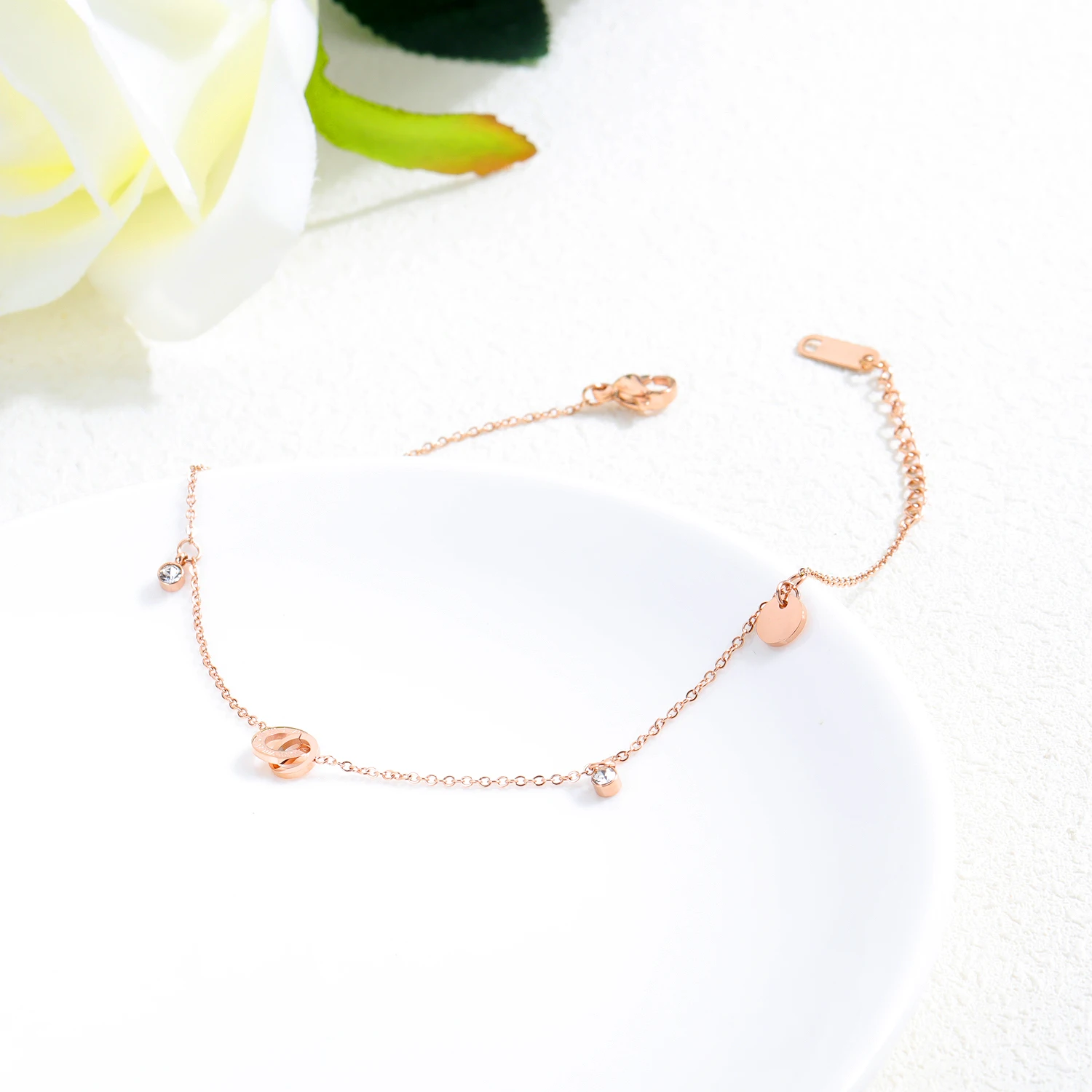Universal Joints: Key Considerations for Buyers in 2025
Universal joints are essential components in power transmission systems, enabling flexible torque transfer between misaligned shafts. As global demand grows, China has become a major supplier of these critical parts. This guide helps buyers navigate the market with confidence.
How to Find Reliable Universal Joints from China in 2025
When sourcing universal joints from China, verify manufacturer certifications like ISO 9001. Reputable suppliers typically offer:
- Detailed product specifications
- Material test reports
- Customization options
- Minimum order quantity (MOQ) under 50 units
Platforms like Alibaba showcase hundreds of verified manufacturers with customer reviews and transaction histories.
What Buyers Should Know Before Buying Universal Joints from China
Key considerations include:
- Lead times (typically 15-30 days)
- Shipping costs for heavy components
- Import duties in your country
- Payment terms (30% deposit is standard)
Always request samples before large orders. Many Chinese manufacturers provide free samples for serious buyers.
Types of Universal Joints
The three main categories are:
Cross and Bearing Type
Most common design with four bearing cups arranged in a cross pattern. Ideal for automotive applications.
Double Cardan
Uses two cross joints to cancel velocity fluctuations. Common in drivelines requiring constant velocity.
Single Joint
Simple design for light-duty applications with limited angular movement.
Functions and features of Universal Joints
These components:
- Transmit rotary motion between shafts at angles up to 45°
- Compensate for misalignment during operation
- Absorb vibration and shock loads
- Available in steel, stainless steel, or alloy variants
Scenarios of Universal Joints
Typical applications include:
- Vehicle drivetrains (cars, trucks, agricultural equipment)
- Industrial machinery (conveyors, pumps, generators)
- Marine propulsion systems
- Robotics and automation equipment
How to Choose Universal Joints
Selection factors:
| Parameter | Consideration |
|---|---|
| Torque Capacity | Should exceed system requirements by 20% |
| Operating Angle | Match to your shaft misalignment |
| RPM Rating | Must cover operational speeds |
| Environment | Choose corrosion-resistant materials for harsh conditions |
Universal Joints Q & A
Q: What's the typical lifespan of universal joints?
A: Properly maintained joints last 50,000-100,000 km in vehicles or 3-5 years in industrial use.
Q: How do I know when to replace them?
A: Look for vibration, clicking noises, or visible wear in the bearing cups.
Q: Can universal joints be repaired?
A: Most industrial joints allow bearing replacement, while automotive units often require complete replacement.
Q: What lubrication is required?
A: High-temperature grease every 5,000 operating hours or per manufacturer guidelines.
Q: Are Chinese universal joints reliable?
A: Quality varies - stick to ISO-certified manufacturers with proven export experience.






















































